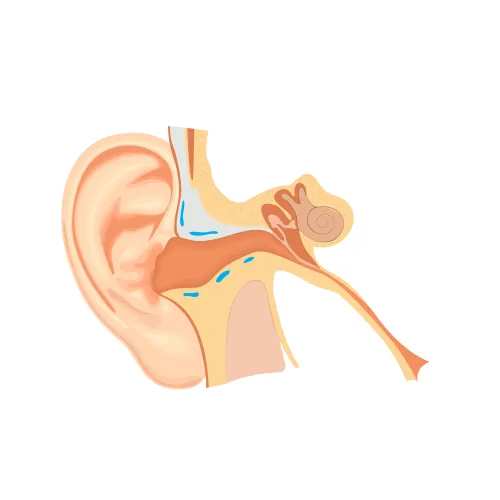Can Existing Problem Qualify You to Use Modifier 25?
You may be surprised when we bust this commonly-held coding myth.
It’s a frequent occurrence—a patient presents for a well child visit, but the pediatrician also encounters an issue that prompts a separate sick visit, allowing the practice to report both an E/M code and a preventive visit code. However, the rules for this situation can get murky when the problem that the doctor encounters is not a new issue, but one that he has evaluated before for that patient.
Although some practices believe that they can only report both a sick and a well visit if the pediatrician encounters a new issue, the reality is that you can bill both codes when the doctor evaluates an existing problem that concerns him.
Document Both Issues
The pediatrician can absolutely report an E/M code (such as 99201-99215, Office or other outpatient visit for the evaluation and management of a new or established patient) appended with modifier 25 (Significant, separately identifiable evaluation and management service by the same physician or other qualified healthcare professional on the same day of the procedure or other service) when treating an existing condition along with a well visit. The key is that the physician must perform a separate, significant E/M service for the sick visit vs. the preventive service. The stand-alone service must include a history, evaluation and treatment.
Some practices are hesitant to report both a sick visit and a well baby code for the same date of service, and instead believe that the notes for the sick portion of the visit should simply be rolled into the preventive code, thus increasing the well child code level. However, this is inappropriate.
If a child presents for a physical and the pediatrician finds a problem that prompts a separate sick child evaluation, you may waffle on whether to report both the sick and well E/M codes—but the AMA says you should bill both codes.
In black and white: “If the problem is significant enough to require additional work for the physician to perform the key components of a problem-oriented E/M service, the appropriate office/outpatient code (99201- 99215) should be reported, in addition to the appropriate code for the preventive medicine E/M service, and modifier 25 should be added to the office/outpatient code,” the AMA says in the July 2009 issue of CPT® Assistant.
In addition to appending modifier 25 to the sick visit code, you should ensure that your documentation provides proof that the pediatrician performed both services and they were significant and separately identifiable. “In order for the two E/M services to be reported on the same day, the problem or abnormality encountered must require additional work effort by the physician, and the performance of the key components of a problem-oriented service outside of the health supervision work inherent in the preventive medicine E/M service,” the CPT® Assistant article says. Remember also that when doing a sick visit at the same time as a physical, the physician will typically need to base the code on history and medical decision making (MDM) as there is no medical necessity to redo the physical.
If, however, the pediatrician finds something insignificant—such as a benign-looking mole that requires no additional evaluation or refilling a medication for a chronic but stable illness—that would most likely be included in the preventive visit code and you couldn’t separately report a sick visit for it.
In addition, preventive care doesn’t have a “level,” as those codes (99381-99387 for new patients and 99391-99397 for established patients) are all based on age and not by criteria.
Know the ICD-10 Code to Use
As most practices are aware, by now you have replaced ICD-9 code V20.2 (Routine infant or child health check) with two ICD-10 codes: Z00.129 (Encounter for routine child health examination without abnormal findings) and Z00.121 (Encounter for routine child health examination with abnormal findings).
The primary difference between the two child health exam codes is that one is used when the exam includes an abnormal finding and the other is an exam without an abnormal finding. Stedman’s Medical Dictionary defines “abnormal” as differing in any way from the usual state, structure, condition, or rule. This could be anything from size (too large or small), vision, hearing, etc.
Example: A three-year-old new patient presents for an annual wellness exam, and during the exam the provider notices what he believes to be occasional slight wheezing. The mother reports that her daughter has had some occasional breathing problems, but that it doesn’t seem to slow the child down. She also reports that there is a family history of asthma and other respiratory diseases. The provider and mother agree that a consultation with a provider who specializes in allergies and asthma is in order to follow up on this issue.
You would code 99382 (Initial comprehensive preventive medicine evaluation and management of an individual …) for the annual wellness exam since the patient is three and 99382 is used for one to four year olds who are new patients.
You’ll attach Z00.121 since this was an encounter with abnormal findings. You will also need to report R06.2 (Wheezing). In addition, you would bill a sick visit code at the appropriate level based on the documentation that was provided because the pediatrician has to address a significant problem during the well care visit. Report a code from the 99212-99215 range along with R06.2 for the wheezing.




